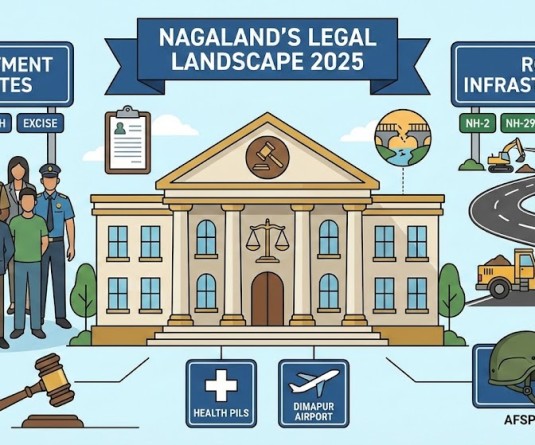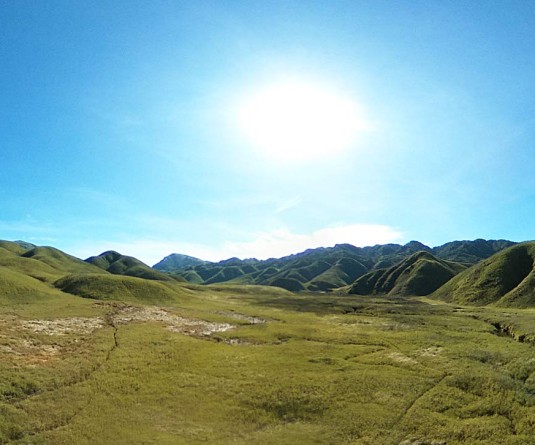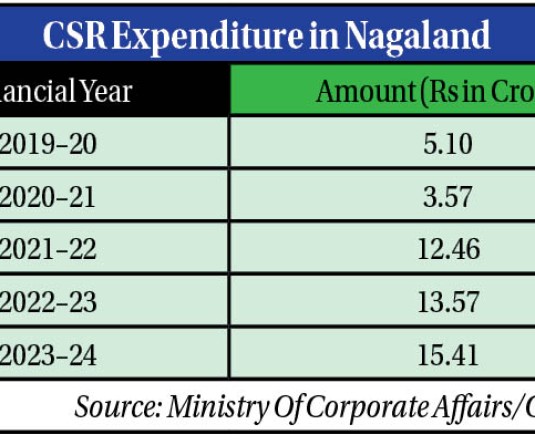A glimpse of one of the many border roads in Wazeho block near the famous Shilloi Lake.
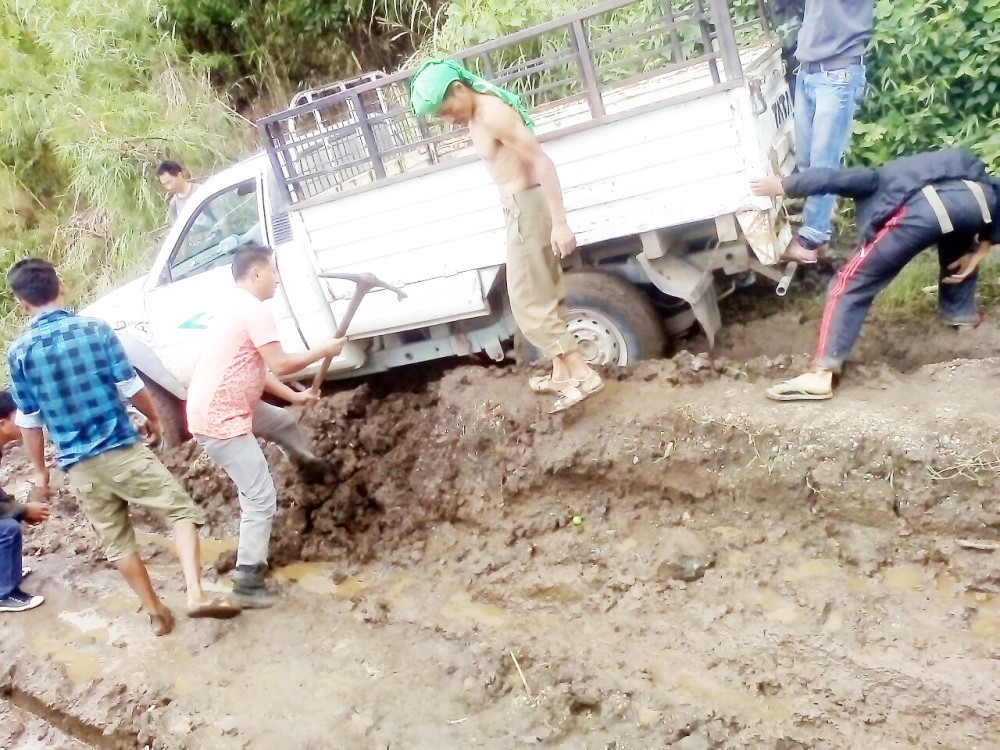
As many 160 villages falling under 7 border blocks under Nagaland have not seen any progress worthwhile and an unspecified number of the Naga brethren are living in worse conditions on the other side of the international boundary
Morung Express News
Dimapur | October 8
Sandwiched in a quagmire of ‘national interests’ between giants, Nagas on both sides of the Indo-Myanmar international boundary continue to live amidst untold hardships. Enclosed by rugged jungle terrain and caught in a decades old 3-way cat and mouse game between armed Naga Political Groups, the Indian military and the Myanmar Army, civilians of the border face the proverbial ‘caught between the devil and the deep blue sea’.
The result - as many 160 villages falling under 7 border blocks of the state of Nagaland have not seen any progress worthwhile and an unspecified number of the Naga brethren living in worse conditions on the other side of the international boundary. “The people of the border areas are lagging behind in all aspects of development… suffering because of corruption (in governance) and an unending conflict,” said the general secretary of the International Border Area People’s Welfare Organisation (IBAPWO), Mokshom. At an interaction with the media today in Dimapur, Mokshom said that the neglect has not only rendered the area devoid of even the basic human amenities but also the inhabitants helpless and voiceless, literally. Representatives of the Eastern Naga Students’ Association (ENSA), Myanmar were also present at the interaction. “The people of the border don’t know how and whom to approach to bring development.” The situation demands a comprehensive development roadmap for the Indo-Myanmar border areas that should cover infrastructure development from roads and telecommunication to water and electricity to healthcare and education. According to Mokchom, when the basics are put in place development will automatically follow.
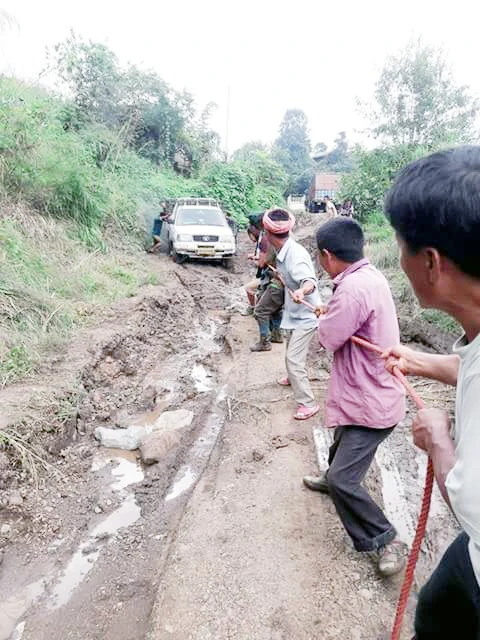
While the Nagaland state government has run several development programmes over the years, Mokchom said that the schemes have not had any significant impact on the border blocks - Phomching, Chen, Tobu in Mon; Noklak and Thunokyu in Tuensang; Pungro in Kiphire and Meluri and Wazeho in Phek. In the education sector, Kiphire district is reported to have highest school dropout rate with Pungro block making up an estimated 75 percent of the total dropouts from the district.
“We have 5 international trade centres along the border but these centres have not seen any commercial activity worthwhile,” Mokchom said. A major impediment for this has been the absence of proper road connectivity. As enshrined in the guidelines, the trade centres must be linked to the district headquarters by 2-lane roads but even the single-lane roads at present are in deplorable conditions, he added.
“The border areas has great growth potential only that it has been neglected,” he said, while adding that promoting tourism, skill development and harnessing hydro potential can play a crucial in this direction.
According to him, there are several places which can be promoted as tourist hotspots. Naming a few, he said that Wangti in Chen block, Panking in Thunokyu, Pokhongri in Wazeho, Reguri in Meluri and Mimi in Pungro have great tourism potential, further stating that at least 50 tourist hotspots should be developed by 2030.
Dedicated skill development centres should be established to tap the traditional knowledge of handicrafts. With hundreds of rivers and streams webbing the hilly landscape, these can be used as energy source, he said. “The border areas still have extensive virgin forest cover. The government should undertake conservation programmes by tying up with the grassroots stakeholders.”
On the move by the Central government to fence the international border, the IBAPWO was unequivocal in its opposition to the proposal. “We’re not against the national interests of India and Myanmar. All we’re asking is that we should not be neglected.” An estimated 100 Naga villages are said to fall right on the international boundary.
As for the Nagas in Myanmar, ENSA’s Reego Shonshei said that the people there are faring even worse. “The people of the border need pen and book. We don’t need the AKs and grenades of the Government of India or the G3s and grenades of Naypitaw and Yangon.”



